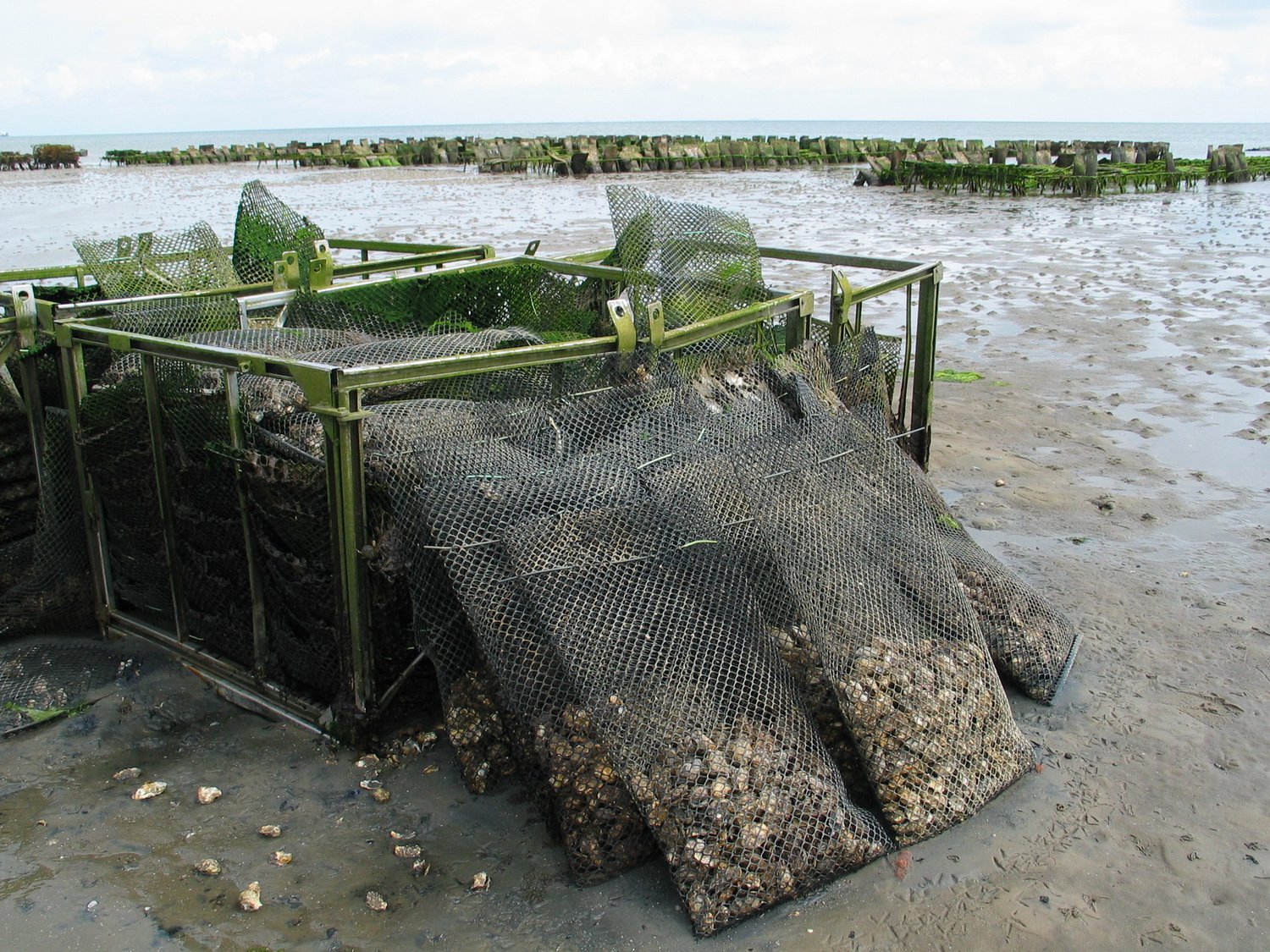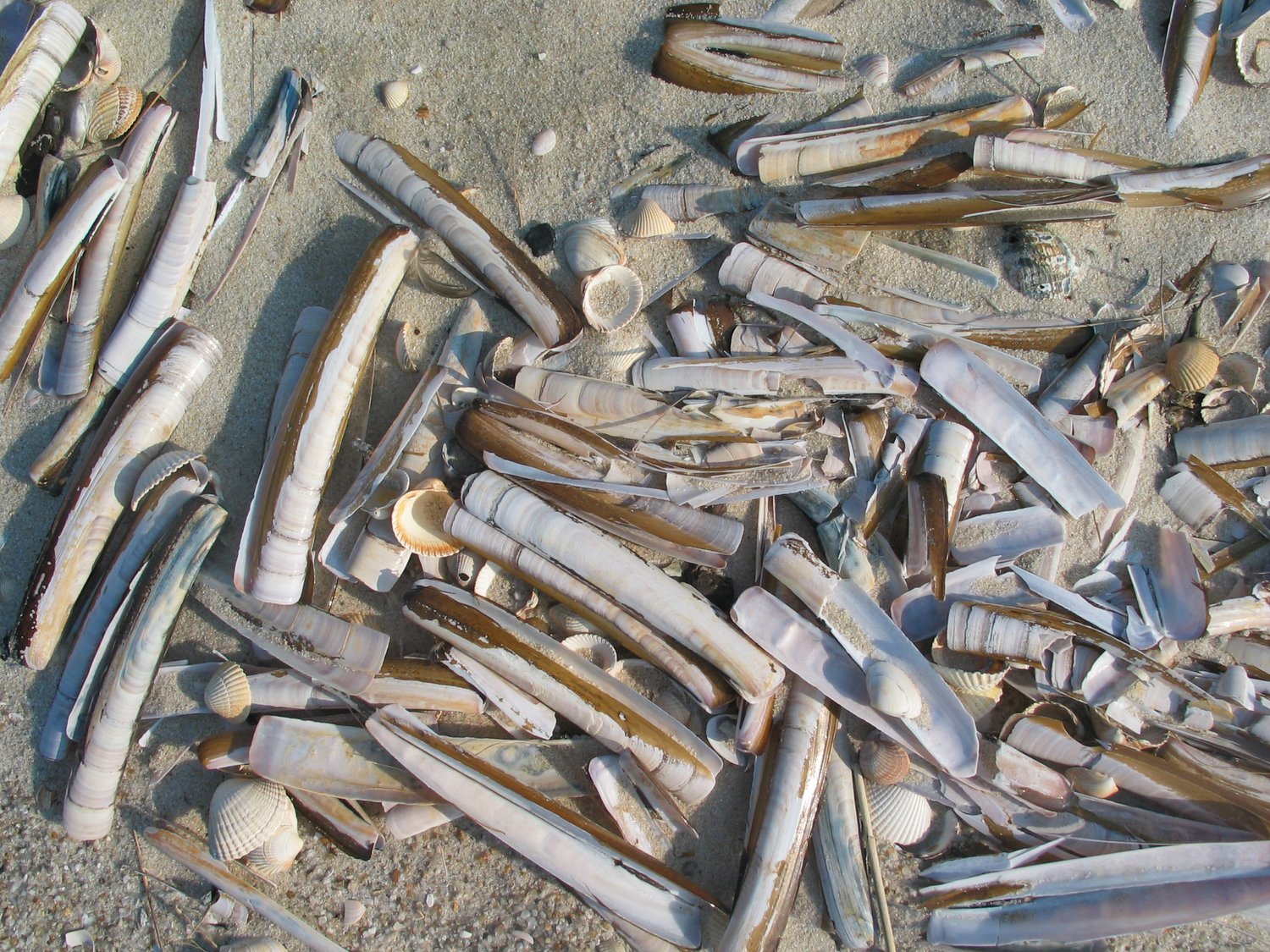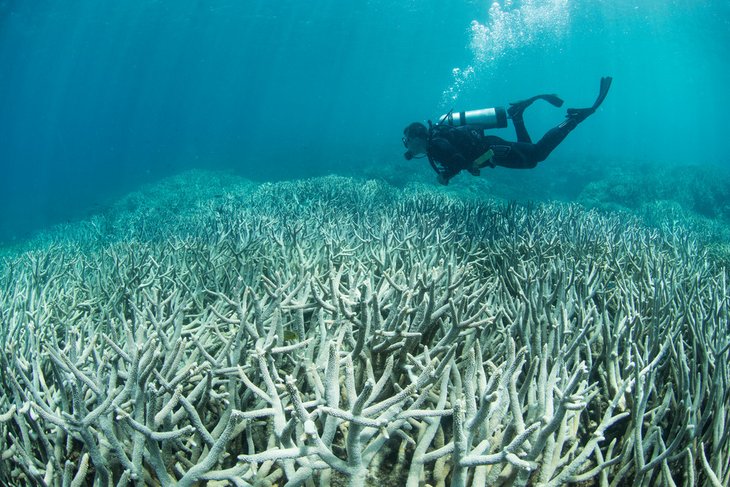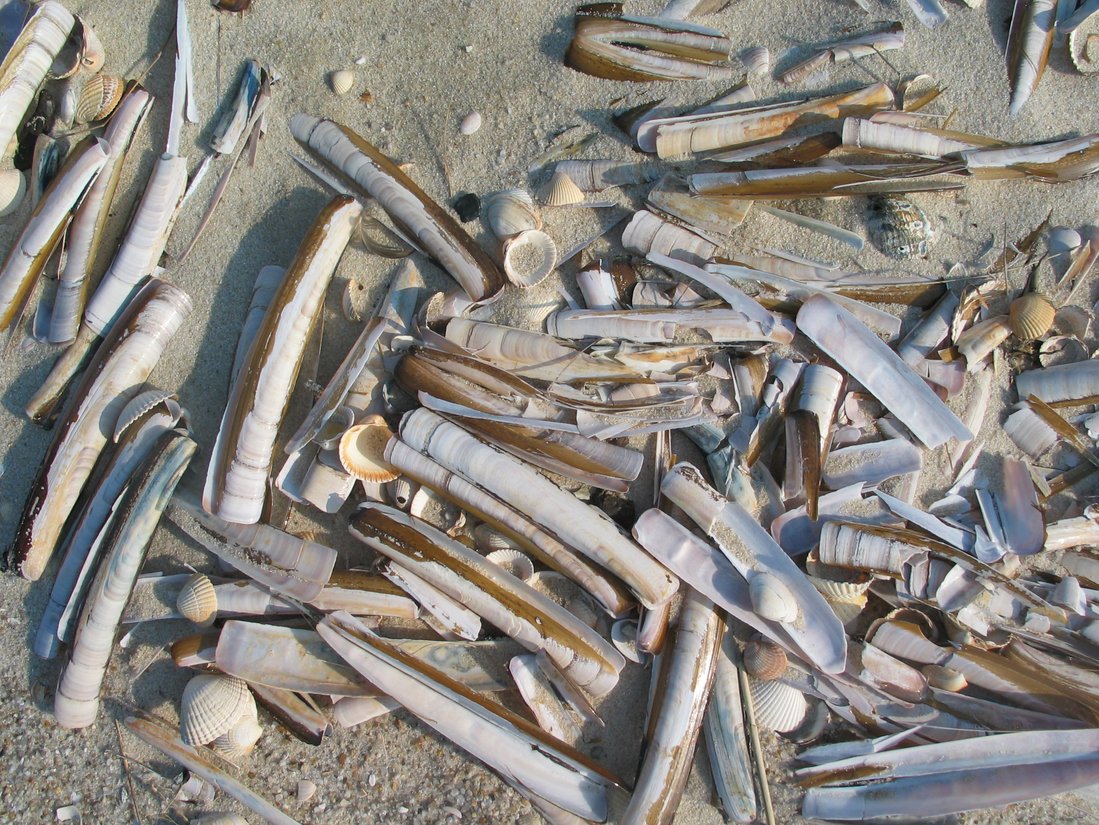Ecosystems are adaptable. They constantly change internally, which is crucial for their survival and enhances their resilience. This allows them to withstand, to a certain extent, the pressure from climate change and human interventions. However, if this threshold is surpassed, the structure of the ecosystems can suddenly and unexpectedly change drastically. The result: The community can no longer fulfill many of its functions, and this usually leads to significant, nearly irreparable damage. Experts refer to the crossing of these thresholds as an ecological tipping point or drastic ecosystem change.
When ecosystems collapse
Prominent examples include the collapse of fish populations after they have been overfished for too long. Or the formation of harmful algal blooms and oxygen-depleted zones in coastal waters after too many nutrients have been introduced from land. Or the heat-induced death of tropical coral reefs.
Where corals disappear, the reef communities no longer have a basis for existence. Other organisms, mostly algae, colonise them. However, their diversity and functions are usually completely different to those of the species-rich coral reefs. As a result, water quality often declines and the new algae-dominated communities provide a home for significantly fewer fish and do not protect the coastline as effectively from the destructive force of the waves as real reefs made of stony corals do.

When species migrate
An example from the North Sea: since the 1960s, the more robust Pacific oyster has been farmed there as a replacement for the European oyster, which died out in the 1920s, and marketed as a delicacy. The larvae of the Pacific oyster swim freely in the sea and are therefore carried away from the oyster farms by the ocean currents. In the Wadden Sea, they now compete with native mussels for the best settlement sites on the seafloor. There are now almost no mussel beds without Pacific oyster growth. Many are now dominated by large oysters, with small mussels settling between them – with consequences, for example, for mussel-eating birds that cannot crack large oysters.

Focus topic: Non-native species
Introduced and immigrant animals, plants and microorganisms have been changing life in the oceans for centuries. What impact do such new settlements have on biodiversity? This focus provides information on the origin and significance of alien species in the sea.
Recognising early warning signs
How quickly an ecosystem approaches a tipping point depends on its resilience. This in turn is fuelled by three factors:
- The biodiversity of the community;
- The number of species that fulfill similar ecological functions (if one species dies out, another may take over its role).
- The complementarity between species, meaning the differences in how species perform these tasks.
By monitoring these three factors through long-term observations, experts can deduce both the resilience of an ecosystem and early warning signs of reaching a tipping point.
Based on these insights, protective measures can be developed to reduce human-induced pressure on the ecosystem, strengthen its resilience, and hopefully prevent the collapse of its native community.
The example of the Wadden Sea shows how comprehensively ecosystems can recover when humans significantly reduce their impact. Since large parts of the coastal sea were declared a national park more than 30 years ago and strict protection regulations were introduced, the natural habitats and biodiversity of the Wadden Sea have been recovering. Salt marshes are no longer grazed, mussel fishing has been discontinued, and the discharge of waste and pollutants into the North Sea has been stopped or reduced. All for the benefit of nature.
But not only. The coastal population also benefits from the measures: according to calculations, the national park generates an annual regional tourism value added of 89 million euros. In terms of figures, it creates and secures around 4,700 jobs.
![World Ocean Review 9 [Translate to English:] Titelbild des World Ocean Review 9](/fileadmin/_processed_/b/2/csm_Titelbild_World-Ocean-Review9_a8f9b99c09.png)
Marine Biodiversity
The World Ocean Review ‘Marine Biodiversity – the vital foundation of our oceans’ (WOR 9) describes the immense diversity of species in the oceans and their benefits for humans. It also highlights the decline in species richness and ways to successfully protect it.
- Nationalpark Wattenmeer (2023). Erfolge - 14. Nationalpark als Wirtschaftsfaktor. www.nationalpark-wattenmeer.de/wissensbeitrag/erfolge/










